It’s easy to fall into the trap of watching calories while forgetting what we’re actually eating. Sometimes, the foods we cut out aren’t the problem—it's the ones we keep eating out of habit, convenience, or even the misleading “diet” label slapped on the packaging. The truth is, many so-called healthy products are loaded with sodium, sugar substitutes, or processed ingredients that silently sabotage weight loss.
What if you could burn more fat by choosing foods that work with your body instead of against it? That’s where smart nutrition comes in. Instead of depriving yourself, focus on filling your meals with ingredients that boost your metabolism, curb appetite, and help your body process energy more efficiently.
And no—we’re not talking about magical fat-melting pills or trendy cleanses. These are real, wholesome, science-backed foods. Let’s explore twenty of the most effective fat-burning options you can start incorporating into your day right now.
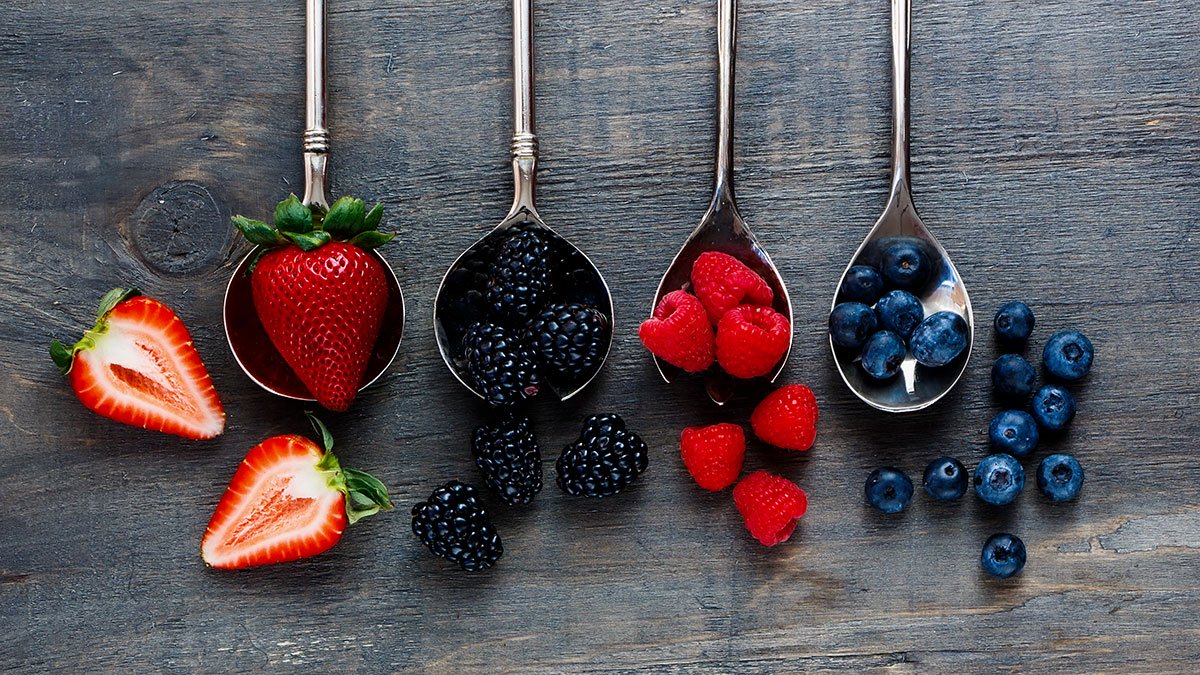
1. Berries: Sweet, Satisfying, and Slimming
Bright, juicy, and packed with goodness—berries like blueberries, strawberries, and raspberries aren’t just a dessert topping. They’re a nutritional powerhouse that helps fight fat. With around 8–9 grams of fiber per cup, they slow down digestion and keep blood sugar stable, making them ideal for taming cravings.
What makes berries stand out is their antioxidant content, particularly anthocyanins, which research has linked to reduced belly fat and improved insulin sensitivity. Best of all, they're naturally low in sugar compared to other fruits.
Try blending them into a smoothie, tossing them into your oatmeal, or snacking on them plain. They satisfy your sweet tooth without derailing your diet.

2. Kefir and Other Fermented Heroes
Kefir, a tangy, yogurt-like drink, isn’t just good for your gut—it can change how your entire body processes food. As a fermented dairy product, kefir is rich in probiotics, which support healthy digestion and reduce bloating.
But the biggest benefit? Restoring balance to your gut microbiome can affect appetite and inflammation levels—two things tightly tied to weight gain.
If kefir’s not your vibe, look into alternatives like kimchi, sauerkraut, or even plain Greek yogurt. Regular consumption can reduce sugar cravings and help your body respond better to food overall.
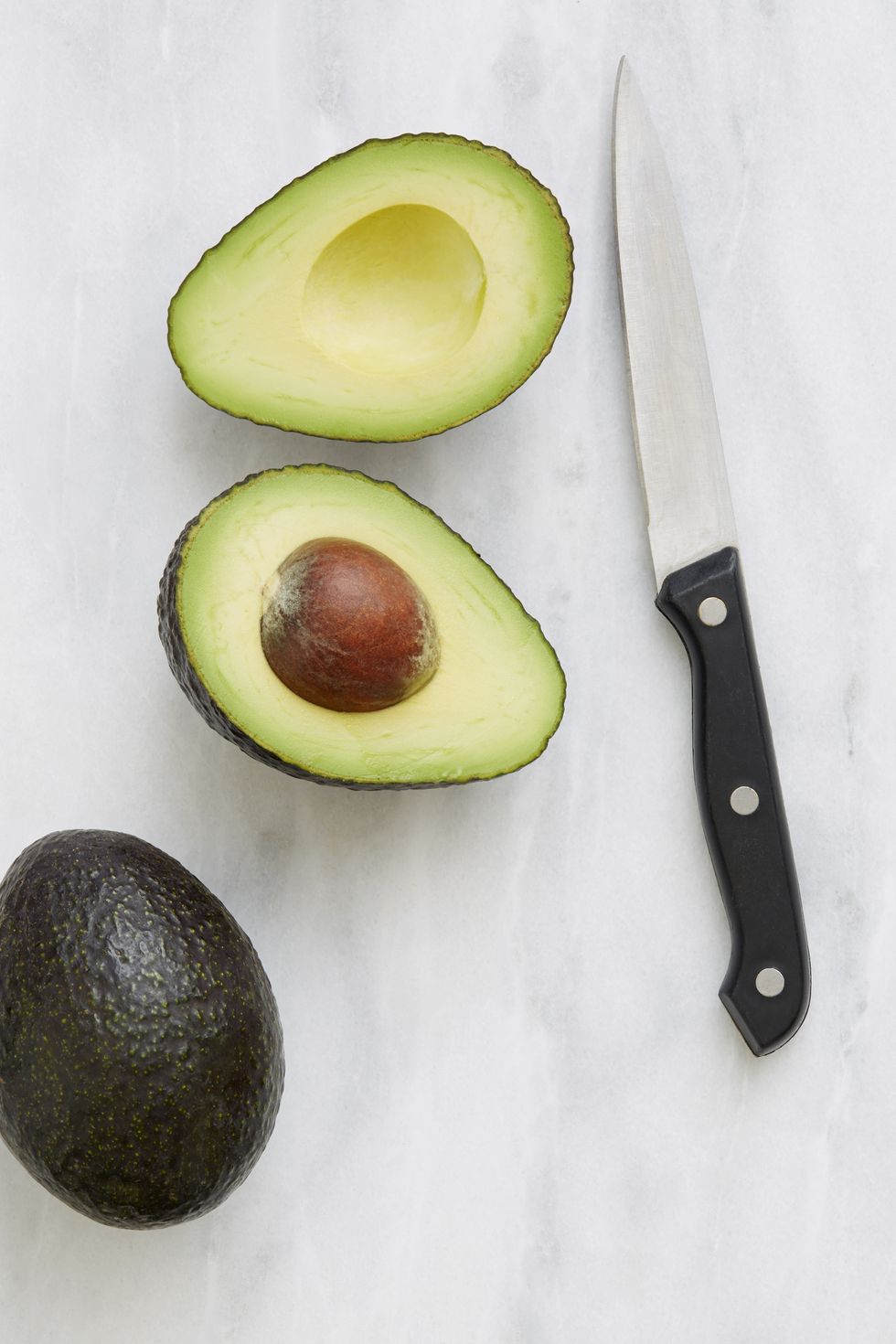
3. Avocados: Fat That Fights Fat
Avocados have gone from hipster toast topping to nutrition royalty for good reason. Rich in monounsaturated fats, they keep you full for hours and reduce the likelihood of snacking on junk.
A study published in the Nutrition Journal found that people who added half an avocado to their lunch reported 40% decreased desire to eat for hours afterward. Avocados are also loaded with potassium and fiber—two nutrients that play a role in metabolic balance.
Sliced, smashed, or blended—avocados are a creamy, healthy fat that can help trim your waistline over time.

4. Wild Salmon: The Lean, Fat-Burning Fish
There’s a reason nutritionists call salmon a fat-burning champion. It’s full of omega-3 fatty acids, which help reduce inflammation, improve insulin sensitivity, and even prevent fat accumulation in the abdomen.
Unlike red meats that are calorie-dense and inflammatory, salmon is high-protein, low-calorie, and helps stabilize hormones related to appetite. It’s also incredibly versatile—grill it, bake it, or flake it into a salad.
Adding it to your weekly routine two to three times a week can do wonders for your metabolism and your skin.

5. Grapefruit: A Classic Metabolism Booster
This citrus fruit has been a weight loss staple for decades, and it’s not just hype. Compounds in grapefruit help lower insulin levels and improve blood sugar control—two key factors in minimizing fat storage.
Starting your morning with half a grapefruit or adding it to a salad can gently nudge your metabolism into a higher gear. Just be careful if you’re on medication, as grapefruit can interact with some prescriptions.
Skip the sugar on top and enjoy it fresh for best results.
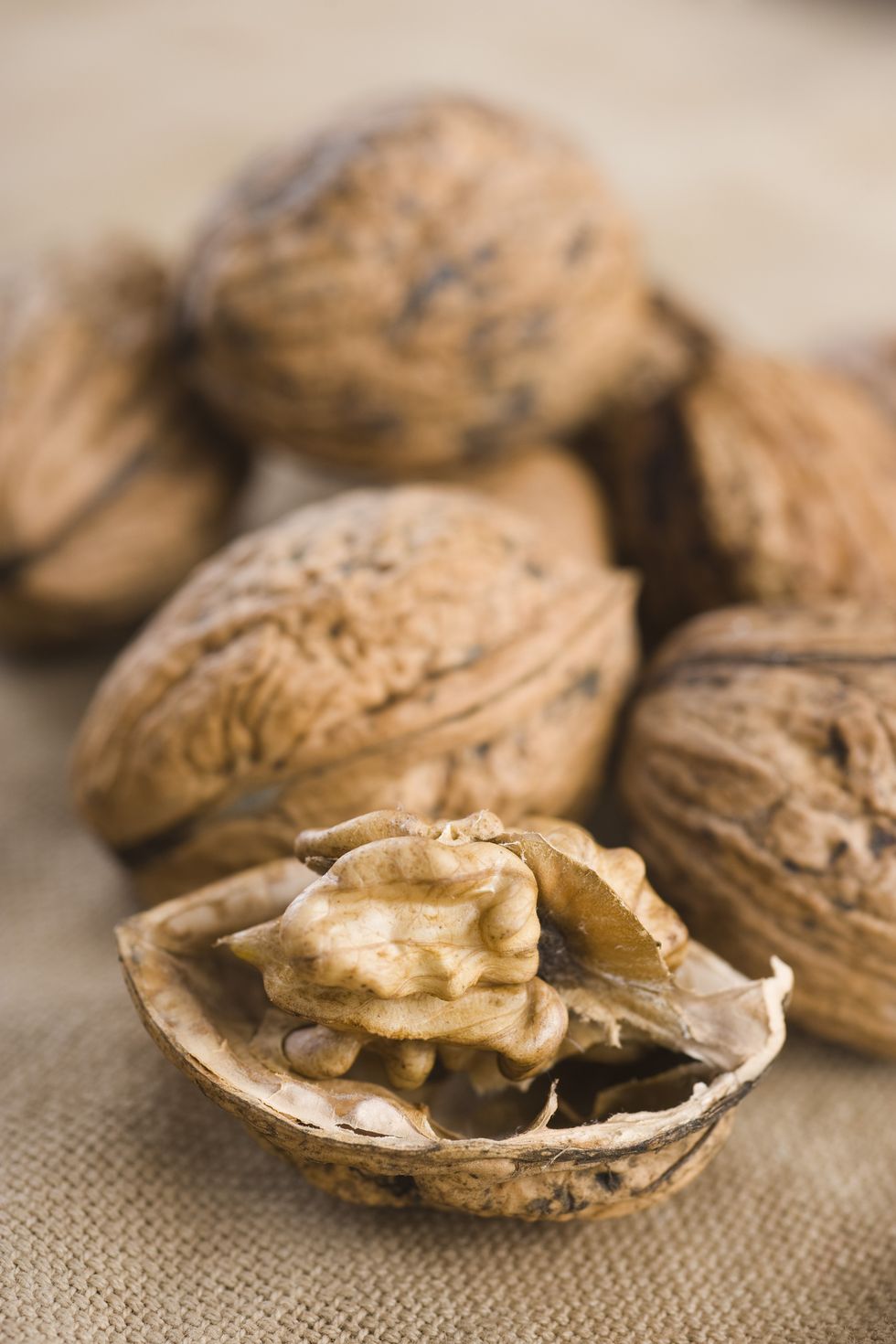
6. Walnuts: Crunchy Omega-3 Allies
Walnuts are high in healthy fats, particularly plant-based omega-3s. These fats support fat oxidation, meaning they help your body use fat as fuel rather than store it.
Incorporating a small handful of walnuts into your diet daily (about 7 whole walnuts) can also stabilize appetite and improve brain function.
Plus, they add a satisfying crunch to salads, yogurt, or just on their own as a snack.

7. Quinoa: The Perfect Plant-Based Carb
This seed-turned-superfood is one of the best sources of slow-burning complex carbs. Quinoa is rich in fiber and protein, giving it a rare dual benefit in appetite regulation and muscle repair.
Unlike white rice or pasta, it won’t spike your blood sugar. In fact, it may help prevent belly fat and support gut health due to its prebiotic fiber content.
Swap out traditional carbs for quinoa in stir-fries, grain bowls, or even breakfast porridges.
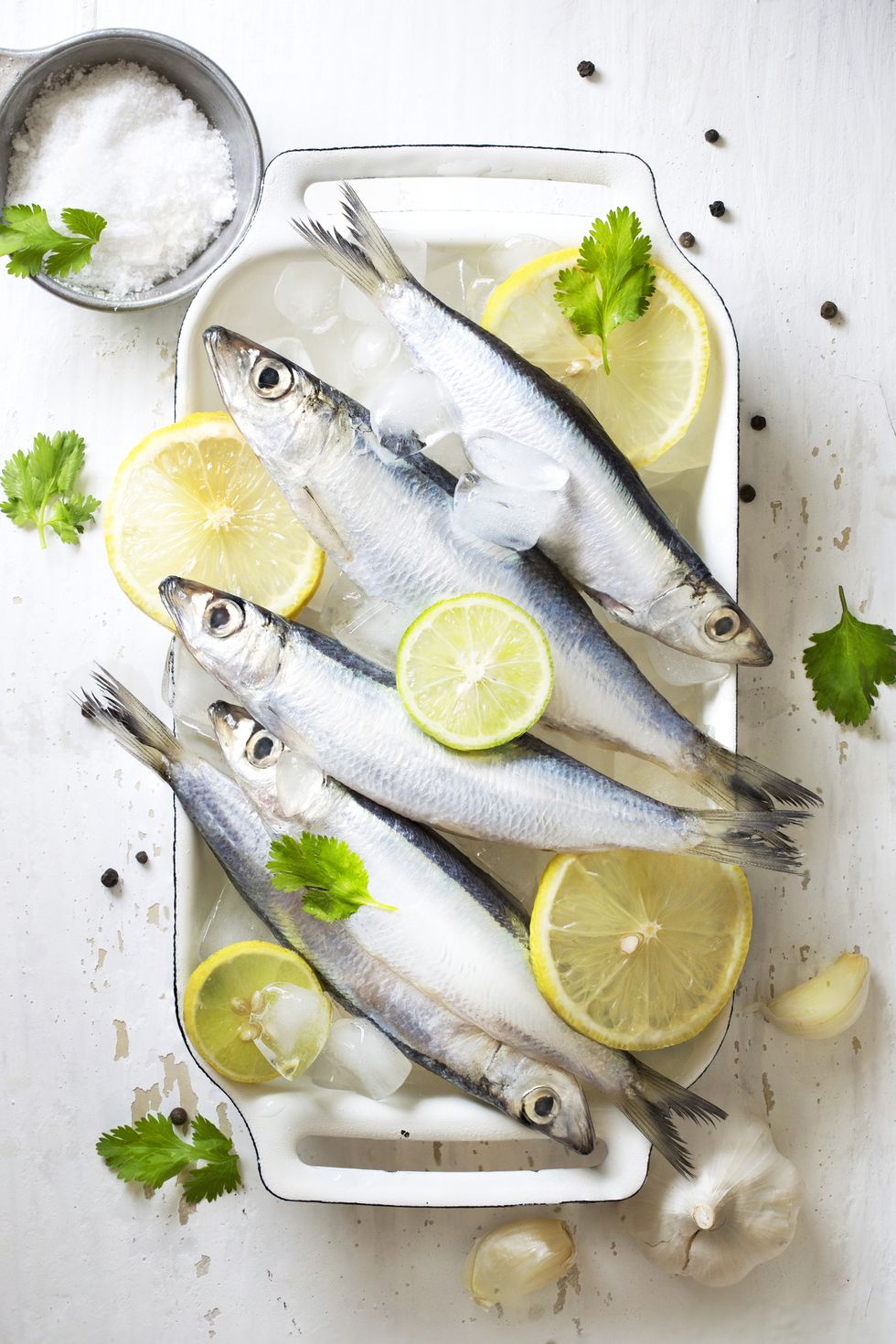
8. Sardines: The Overlooked Protein Star
Sardines might not top everyone’s cravings list, but they’re a nutritional goldmine. Packed with omega-3s, B vitamins, and high-quality protein, they support fat metabolism and reduce inflammation.
Because they’re low in mercury and sustainably sourced, sardines are a smarter choice than many larger fish. Eat them grilled, in salads, or straight from the can with lemon and herbs.

9. Jerusalem Artichokes: Gut Health Guardians
These knobby root vegetables—also called sunchokes—are rich in inulin, a type of prebiotic fiber that feeds good gut bacteria. And better gut health = improved fat metabolism and reduced bloating.
Roasted, sautéed, or spiralized, Jerusalem artichokes are an underutilized way to support digestion and long-term weight goals.

10. Kale: Nutrient-Dense and Fat-Fighting
Kale earns its “superfood” title by being low-calorie, high-fiber, and packed with iron and magnesium. Its high fiber content slows down the release of glucose into the bloodstream, preventing insulin spikes.
And unlike iceberg lettuce, kale provides sustained energy and satiety—meaning you’re not reaching for a snack an hour later.
Massage it raw, sauté it, or bake it into chips for a variety of satisfying options.

11. Olive Oil: Healthy Fat That Supports Weight Regulation
Swap out butter or margarine for a drizzle of olive oil and you’ll gain more than just great flavor. Extra virgin olive oil is loaded with monounsaturated fats and polyphenols, both of which are known to improve heart health and aid in fat metabolism.
Consuming olive oil regularly helps balance hunger hormones, reduce inflammation, and support insulin sensitivity—all crucial for long-term weight management. Use it in salad dressings, on roasted veggies, or as a finishing oil for warm dishes.
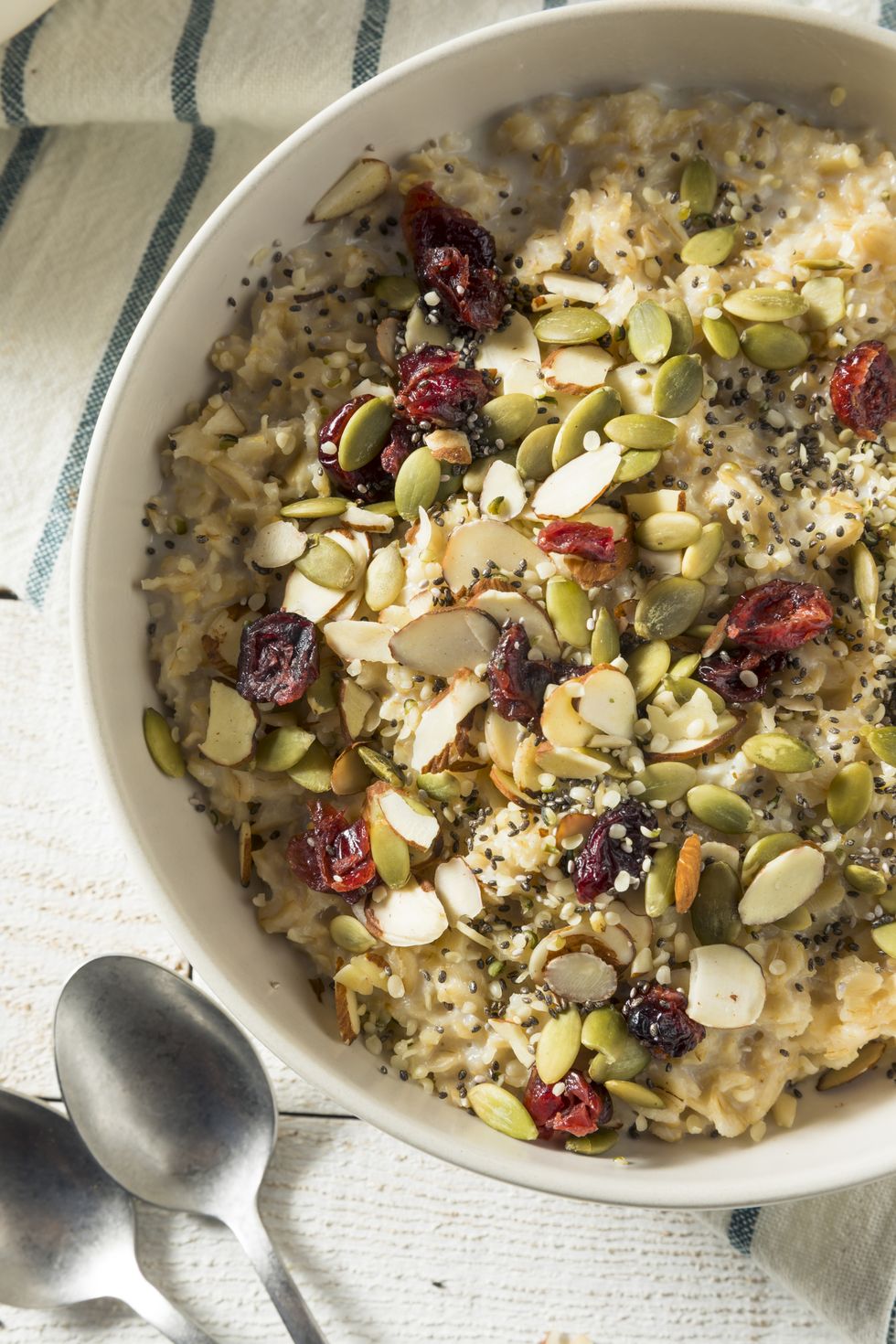
12. Hemp Seeds: Tiny Seeds with Big Benefits
Though they may look small, hemp seeds pack a nutritional punch. They’re rich in plant-based omega-3s and a rare protein called edestin, which is highly digestible and perfect for muscle repair and metabolism support.
Adding just a tablespoon or two to your smoothies, oatmeal, or salads can support energy levels while helping your body process fat more efficiently.
Their nutty taste and delicate crunch make them a natural addition to many dishes.
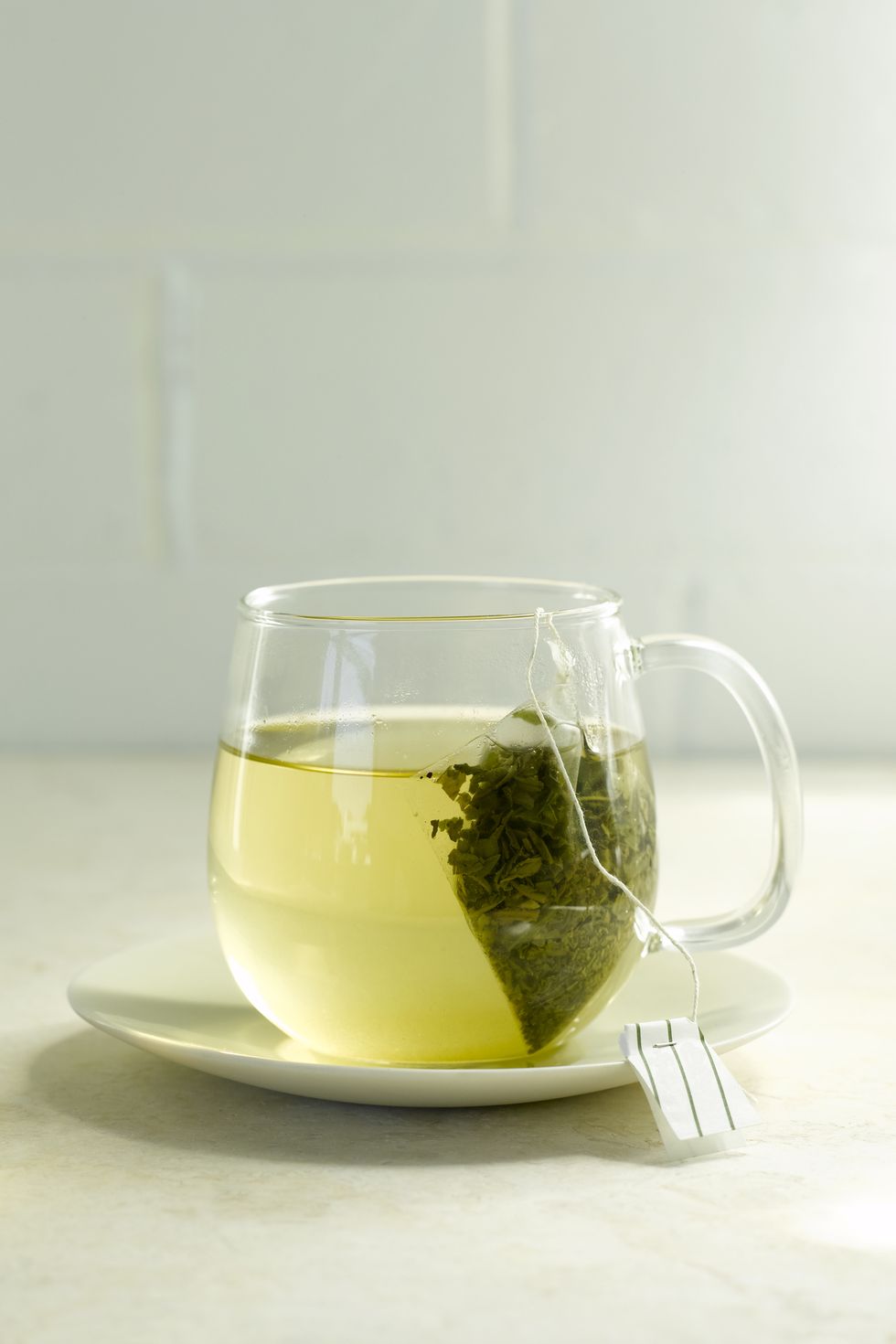
13. Green Tea: Sips That Stoke the Fire
Green tea contains catechins—antioxidants that help boost metabolic rate and encourage fat oxidation. It also contains caffeine in a much gentler dose than coffee, offering a steady energy boost without the crash.
Drinking green tea regularly has been associated with increased calorie burn, especially when combined with exercise. Aim for 2–3 cups a day to support fat loss.
Try it hot, iced, or blended into smoothies for a refreshing twist.
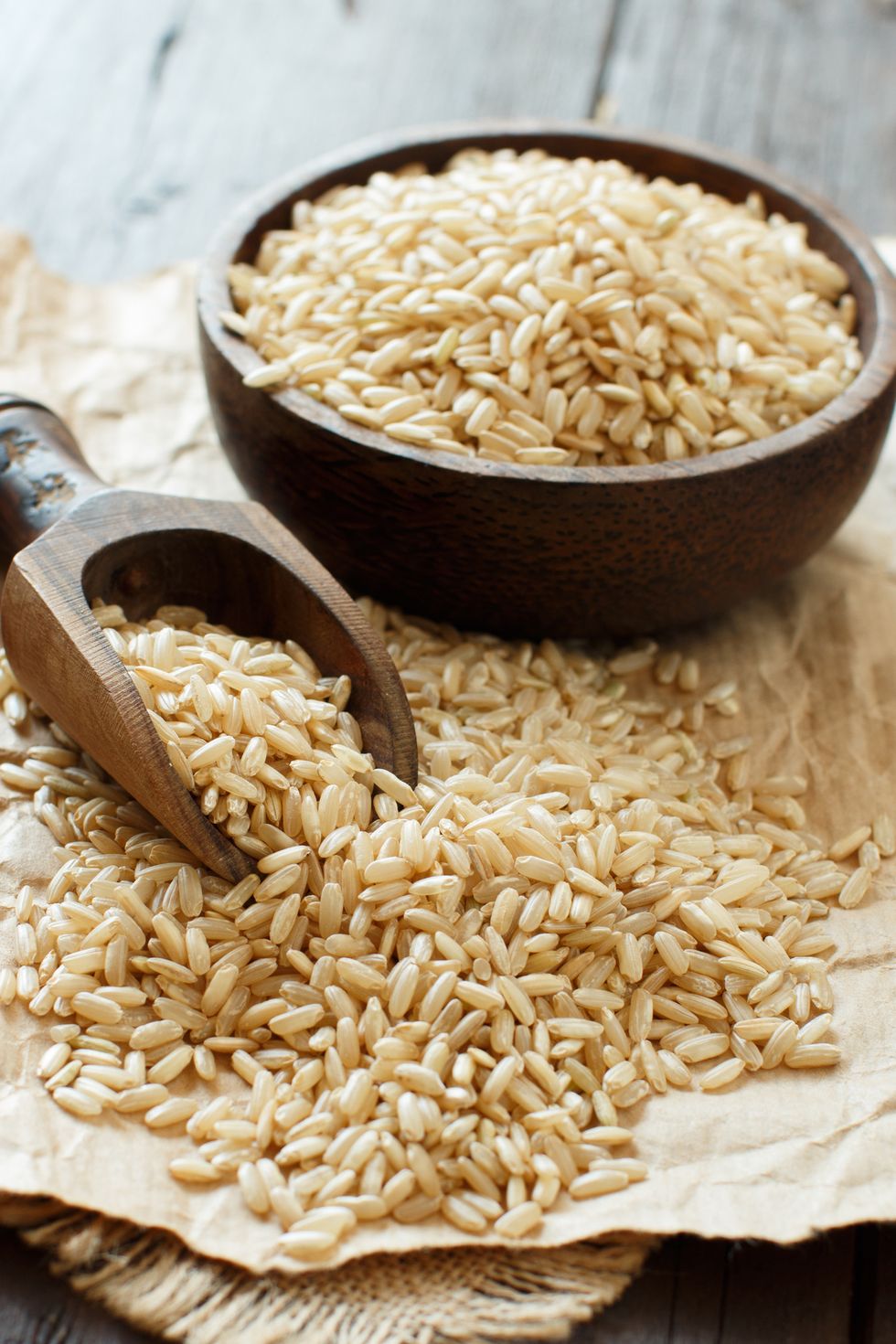
14. Brown Rice: Whole Grain Power
Unlike white rice, which is stripped of most of its nutrients during processing, brown rice is a whole grain that provides fiber, B vitamins, and minerals like magnesium and chromium.
Chromium, in particular, has been studied for its role in regulating blood sugar and improving insulin response—both of which help reduce fat storage.
Brown rice is a slow-burning carb that fuels workouts and keeps you feeling full for hours. Pair it with lean proteins or sautéed veggies for a balanced fat-fighting meal.

15. Eggs: Protein That Starts Your Day Right
Eggs have long been praised for their nutritional value, and when it comes to fat loss, they’re still at the top. Packed with high-quality protein and healthy fats, they help you feel full and satisfied, making it easier to resist mid-morning snacks.
Studies show that people who eat eggs for breakfast tend to eat fewer calories throughout the day than those who start with carbs alone.
Whether scrambled, poached, or boiled—eggs make an ideal start to any fat-burning meal plan.
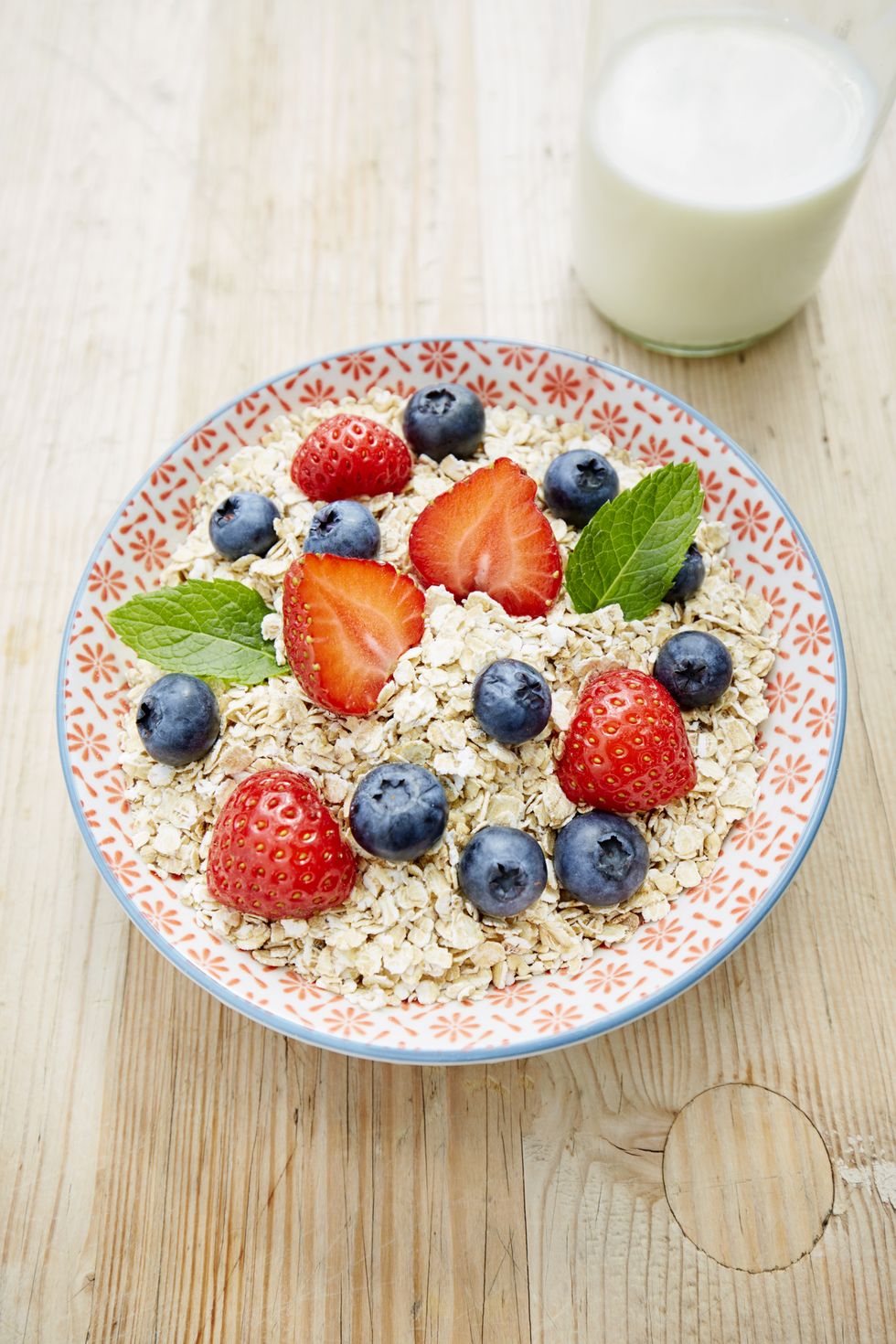
16. Steel-Cut Oats: The Smart Carb for Steady Energy
Looking for a healthy, hearty breakfast? Steel-cut oats are your go-to grain. They’re rich in resistant starch, a type of carbohydrate that digests slowly and helps keep blood sugar levels stable.
Because of this slow digestion, oats keep you full longer and help reduce the likelihood of overeating. They also feed healthy gut bacteria, supporting digestion and fat breakdown.
Top your oats with cinnamon, nuts, or berries for a meal that’s both satisfying and slimming.

17. Bananas: The Pre-Workout Fat-Fighting Fuel
Bananas often get a bad rap because of their carb content, but they’re actually a fantastic choice for those trying to lose fat. They’re packed with potassium, a mineral that helps regulate fluid balance and reduce water retention—especially around the belly.
Bananas are also rich in resistant starch when slightly green, meaning they digest slowly and keep you full longer. Add them to smoothies, slice them over oats, or enjoy one before a workout for a natural energy boost.
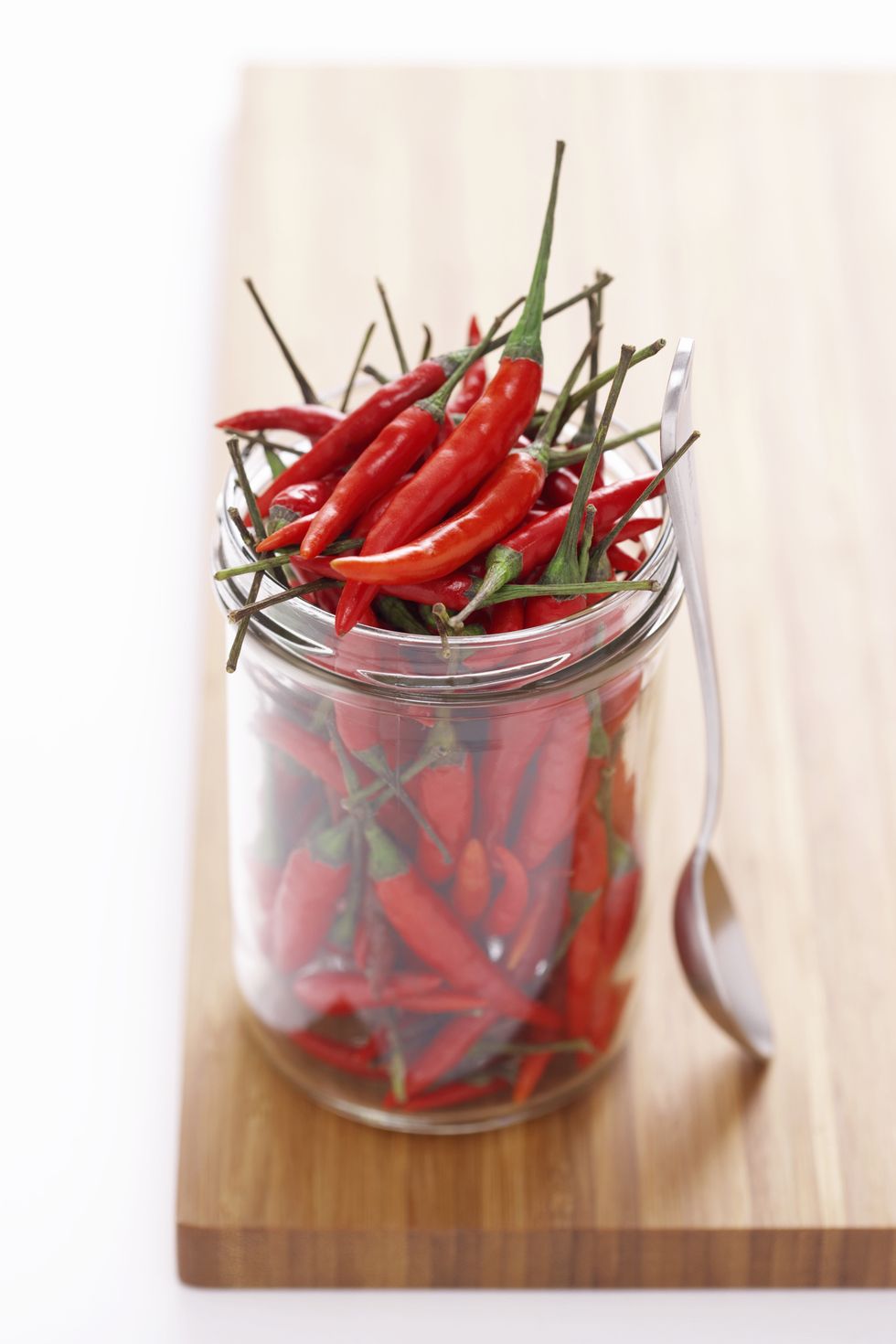
18. Hot Peppers: Spice That Speeds Up Metabolism
Turn up the heat on your plate and you’ll ignite more than just your taste buds. Hot peppers like jalapeños, cayenne, and habaneros contain capsaicin, a compound that increases thermogenesis—the body’s ability to burn calories through heat.
Capsaicin also helps reduce appetite and may slightly increase fat oxidation, especially when combined with exercise. Sprinkle crushed red pepper on meals or cook with spicy chilies for a fiery fat-burning kick.

19. Coconut and Palm Oil: Fats That Fire Up the Body
Medium-chain triglycerides (MCTs), found in coconut and palm oils, are metabolized differently from other fats. They’re quickly used for energy rather than stored, which can boost calorie burning and even support abdominal fat loss.
While moderation is still key—these oils are calorie-dense—they can be beneficial when replacing refined oils or butters in cooking.
Use them to sauté vegetables or stir into smoothies for a tropical metabolism boost.

20. Fermented Foods: Gut Health Equals Fat Loss
A healthy gut isn’t just important for digestion—it plays a huge role in how your body stores or burns fat. Fermented foods like kimchi, sauerkraut, miso, tempeh, and plain Greek yogurt are full of beneficial bacteria that balance your microbiome.
These bacteria aid in breaking down food, absorbing nutrients, and regulating hormones tied to hunger and fullness.
Adding a few servings of fermented foods each week can reduce bloating, improve digestion, and support sustainable fat loss.
Final Word: Eat to Burn, Not to Starve
Losing fat doesn’t mean skipping meals or surviving on salads. It means choosing the right foods that nourish your body while nudging your metabolism in the right direction. These 20 foods aren’t fads—they’re backed by research and proven to support long-term results.
Start by adding 3–5 of these into your weekly routine and build from there. Remember: real change starts on your plate, not in the mirror.











